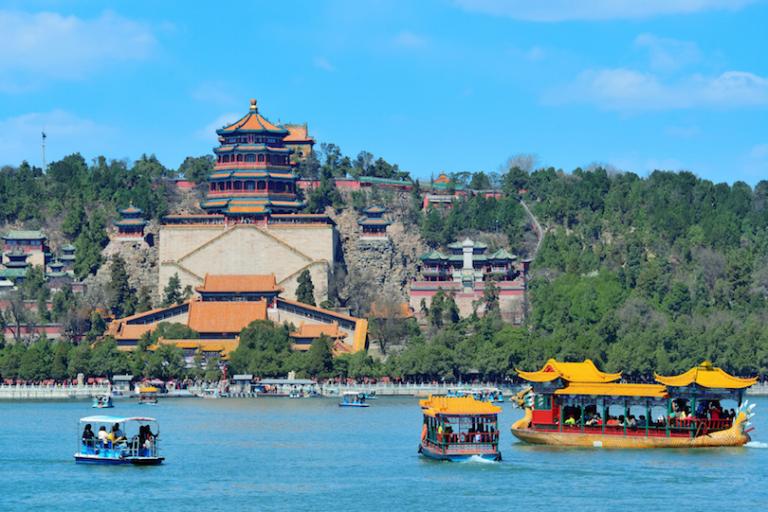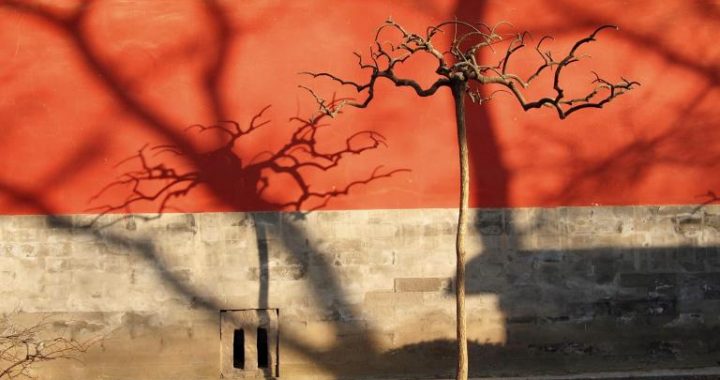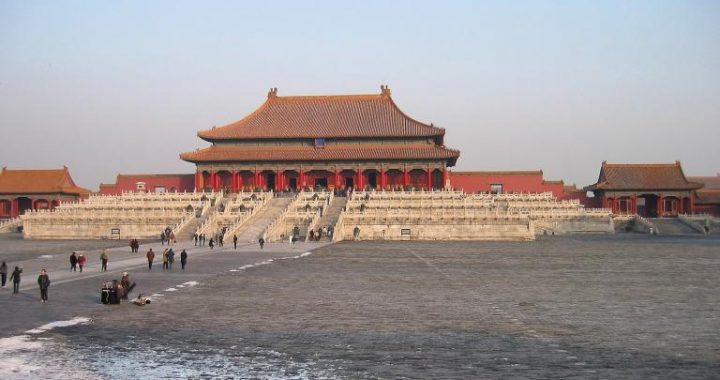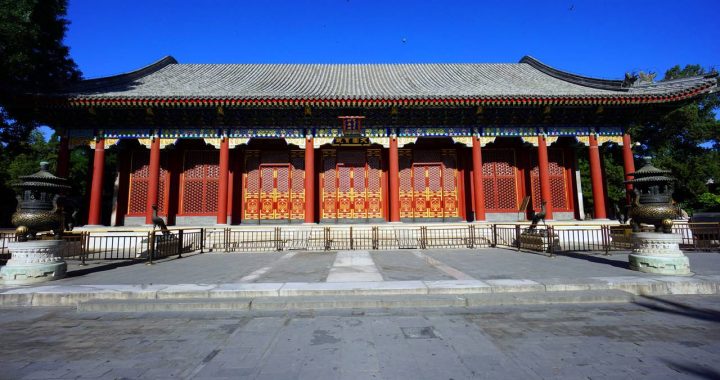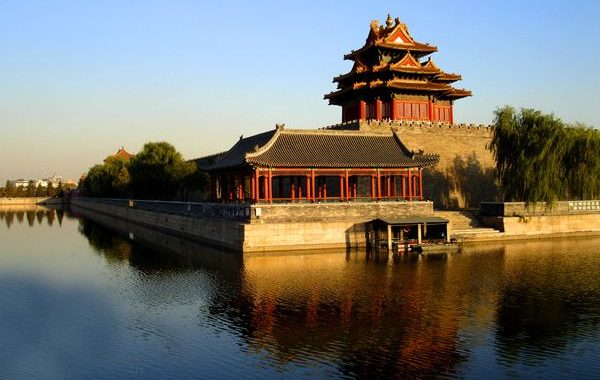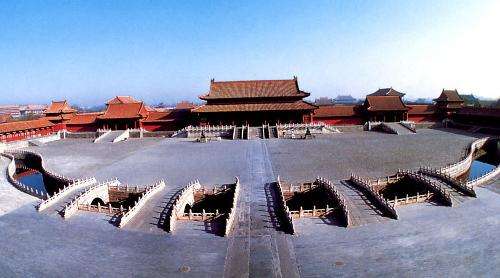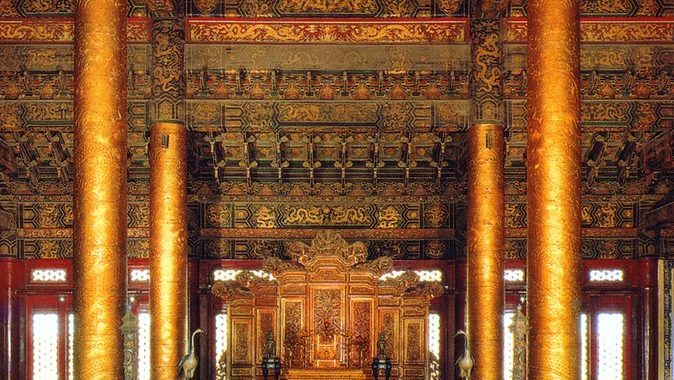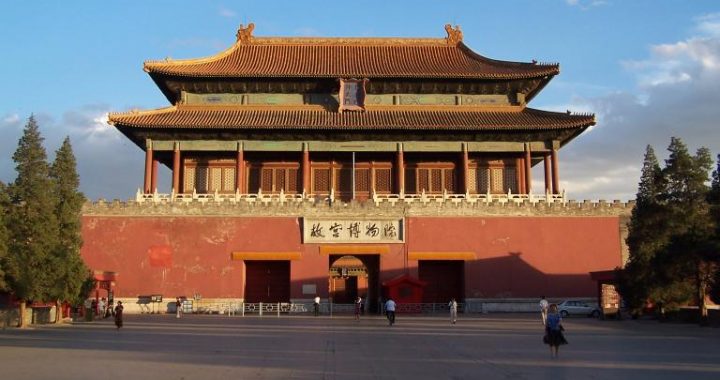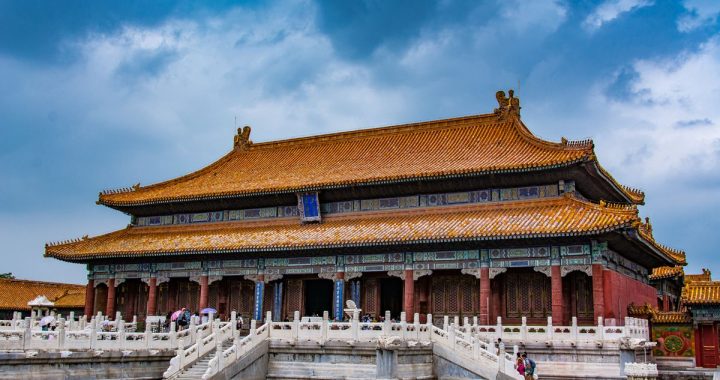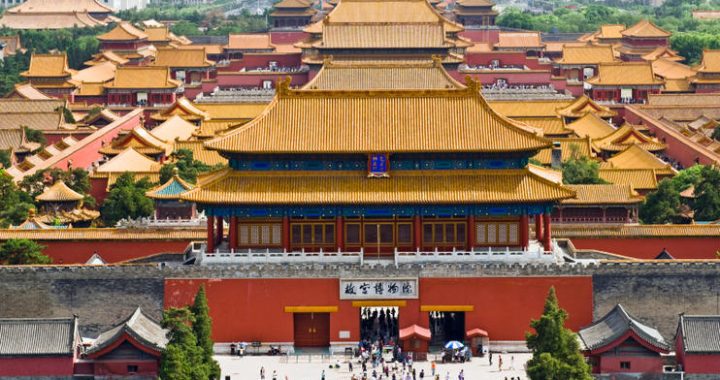The famous tourist attractions in Beijing
5 min readArchitecture Styles
As a large country,the architectural styles of different regions and nationalities in China may vary in characteristics and functions.Traveling all the way from North China to the South,from the Yellow River down to the Yangtze River,from the provinces of Heilongjiang,Shandong,and Shanxi to Tibet,Yunnan,and Guangxi,you will be moved by the works of Chinese architects whose different styles,structures,and materials can be found in various regions,even in different districts within the same city.However,they can be generally classified into three different categories:imperial architecture;religious architecture;residential houses and private gardens.
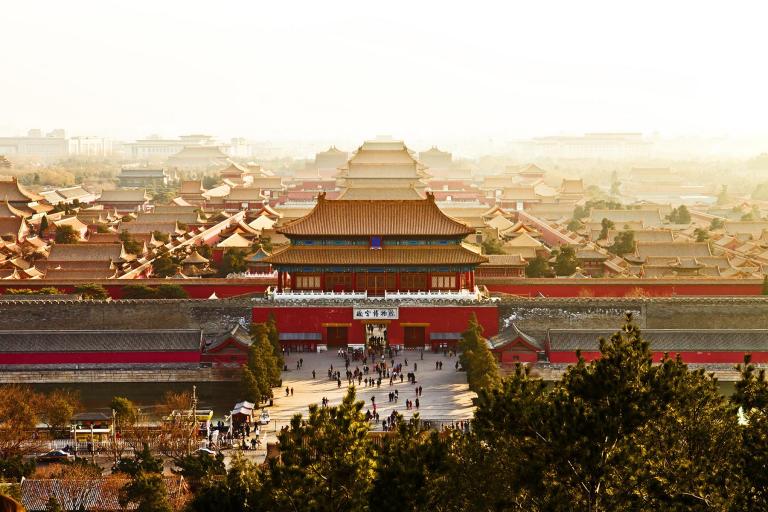
Imperial Architecture
During the long Chinese history,emperors of different dynasties kept building palaces.
Since palaces are where emperors lived and practiced their reign,palaces of different dynasties integrate essences of Chinese architecture.The famous palace complex,the E’Pang Palace built more than 2,000 years ago,covered 80,000 square meters and could hold 10,000 people.The Weiyang Palace of the Western Han Dynasty had more than 40 palaces within a periphery of 11 kilometers.
To give a clear picture of the traditional Chinese palaces,we will take the Forbidden City(also the Imperial Palace)for example.The Forbidden City in Beijing is the largest and most complete imperial palace and ancient building complex in China,and the world at large.Its construction began in 1406 and was completed 14 years later,having a history so far of some590 years.Twenty-four emperors from the Ming and Qing Dynasties lived and ruled China right there.Most of the buildings in the Forbidden City were rebuilt many times,but they maintained the original architectural style.
The Forbidden City,extending 753 meters from east to west,and 961 meters from north to south,makes a rectangular shape and covers a total area of 720,000 square meters.It consists of several dozen compounds of varying sizes and some 9,900 bays of rooms,with a total floor area of 150,000 square meters.Most of the buildings were built with wood,roofed with yellow glazed tiles and built on blue-and-white stone foundations,looking solemn and brilliant.3 City walls were 10 meters high,and a 52-meter-wide moat surrounded the Forbidden City. Three-storied towers are placed at each corner of the wall.
The Forbidden City is divided into two parts.The Outer Court,which includes the southern and central sections,centers on three halls which were used for ceremonial purposes such as coronations,investitures,and imperial weddings.The three halls include the magnificent Hall of Supreme Harmony,itself fronted by the Gate of Supreme Harmony. Apart from ceremony,the Outer Court also houses the Imperial Library,archives,and lantern storage.The Inner Court includes the northern,eastern,and western parts of the Forbidden City,and centers on another three halls which were used for the day-to-day affairs of state.The most important among these is the Palace of Heavenly Purity. The Inner Court was where the Emperor worked and lived with his family.
Buildings in the Forbidden City are arranged along three north-south axes.The central axis houses the most important buildings.It runs from the Meridian Gate in the south,to the Gate of Divine Might in the north.The“Three Front Halls”,the center of ceremonies,and the“Three Back Palaces”,the center of day-to day affairs of state,are arranged along the central axis.Along the eastern axis are a number of courtyards.The northern part of the eastern axis served as Emperor Qianlong’s residence in his retirement.Along the western axis are several gardens and a number of religious buildings.
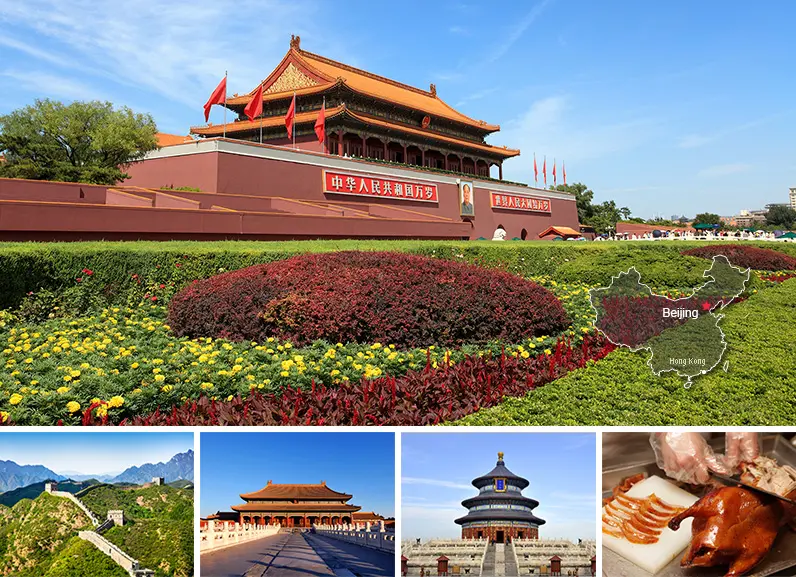
Imperial Gardens
Early in the Shang Dynasty,there were places called“gu”(enclosure)for the rulers to enjoy the beauty of nature.The most famous imperial gardens are E’Pang Palace in the Qin Dynasty,the Shanglin Garden in the Han Dynasty,the Yiheyuan(Summer Palace)and the Mountain Resort in Chengde in the Qing Dynasty,to name only a few.
The Mountain Resort in Chengde began to be built during the Kangxi’s reign(1661-1722),and took 87 years to complete.The palace is enclosed by a wall over 10 kilometers long,which rises and falls with the mountain ridges.It is the largest and best-preserved imperial palace outside of the capital.
Qing Emperors Kangxi,Qianlong,and Jiaqing(1760-1820)often spent several months a year here to escape the summer heat in the capital city of Beijing and the palace zone in the southern part of the resort was therefore designed to resemble the Forbidden City.It consists of two parts:a court in front,where the emperor received high officials,nobles of various minority nationalities,and foreign envoys;and bed chambers in the rear,which were the imperial family’s living quarters.
Many of the scenic spots around the resort’s lake area were copied from the famous gardens in South China.For instance,the main building on Green Lotus Island,”Tower of Mist and Rain”,is a copy of a tower in Nanhu Lake at Jiaxing in Zhejiang Province.The resort’s plain area possesses characteristics of the scenery of the Mongolian grasslands. Forested mountains and valleys are dotted with various building.
Imperial Mausoleums
Imperial mausoleum architecture maccounts for a major part of ancient Chinese architecture since they usually stand for the highest architectural techniques of the time.Emperors would often force thousands of the nation’s best architects to build these gistructures.They would withdraw millions,even billions of money from the exchequer to fund their tombs.
These tombs were always magnificently deluxe and consisted offinest structures of the period.In vicissitude of the history,imperial mausoleums scattered around places which used to be capitals of different dynasties.These mausoleums were usually built against hills or mountains fac ing plains.Most imperial mausoleums have broad ways called Shen Dao(Sacred Way)at the entrance.Along the Sacred Way,there are stone sculptures of men and animals which guard the tombs.Other imperial structures were also built beside the tomb.Under huge hills of clay,splendid and superior structures were constructed with fine facilities such as drainage systems.
We will get more knowledge about the imperial mausoleum in the Ming Tombs.The Ming Tombs lie in a cluster of hills fronted by a small plain to the northwest of Beijing where 13 emperors of the Ming Dynasty were buried.4 The construction of the tombs started in 1409 and ended with the fall of the Ming Dynasty in 1644.In over 200 years,tombs were built over an area of 40 square kilometers,which is surrounded by walls totaling 40 kilometers.Each tomb is located at the foot of a separate hill and is linked with the other tombs by a Sacred Way.
The Sacred Way inside the gate of the Ming Tomb is lined with 12 stone human figures and 24 stone animals.The former include three types of officials:civil,military and meritorious,symbolizing those who assist the emperor in the administration of the state;the latter six types of animals:lion,griffin,camel,elephant,kylin and horse.
